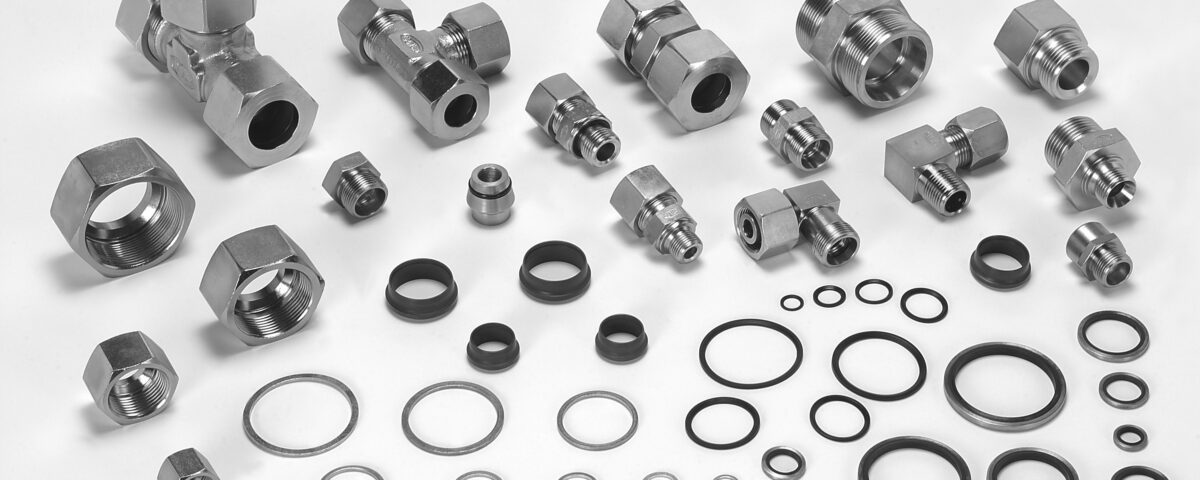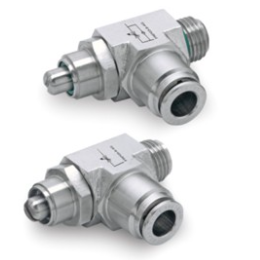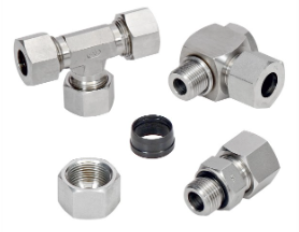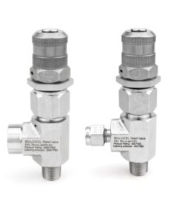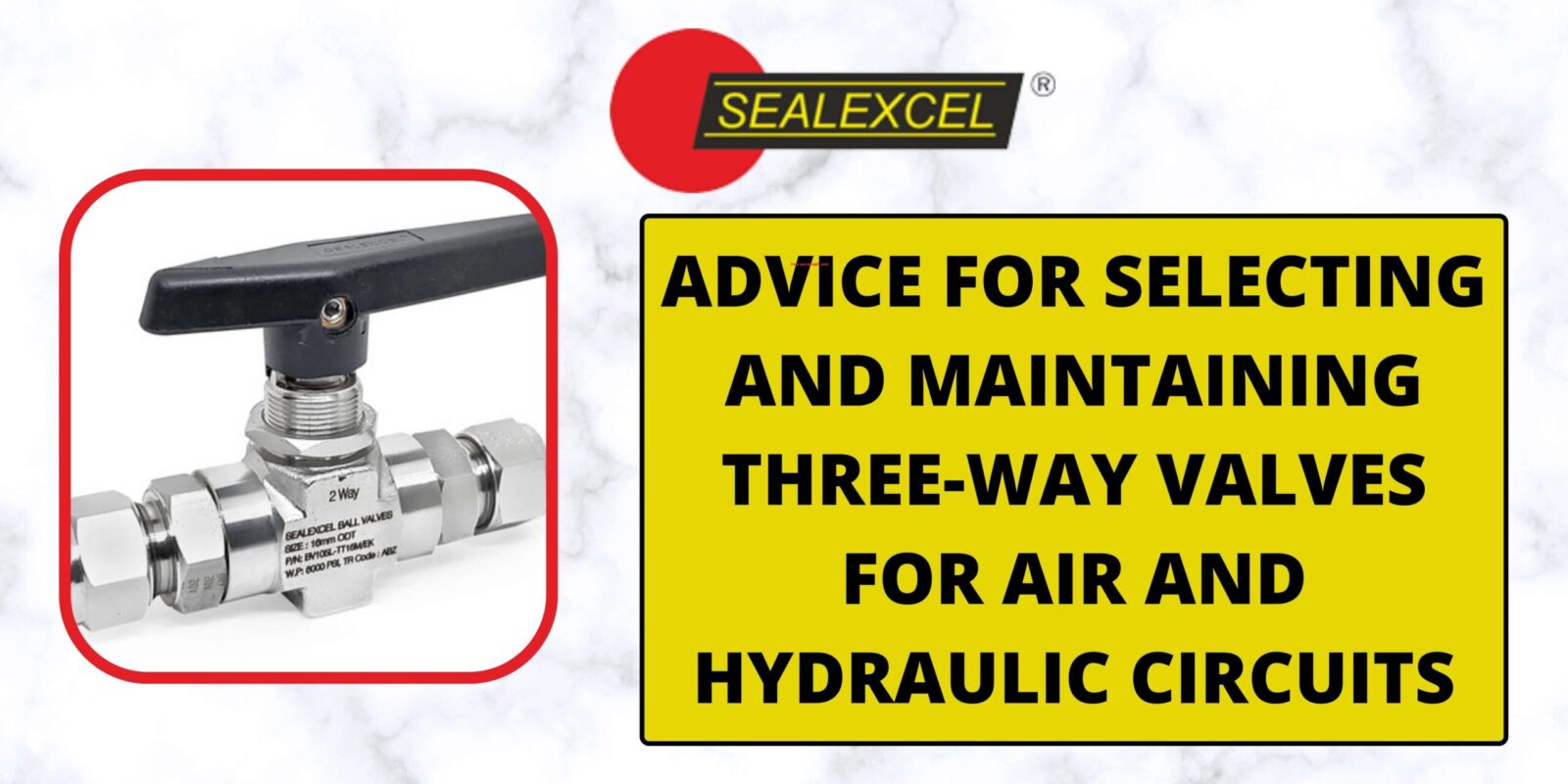
Advice for Selecting and Maintaining Three-Way Valves for air and hydraulic circuits
October 6, 2022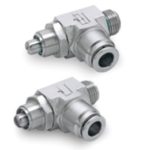
Hydraulic Flow Control Valve: A Comprehensive Guide
December 12, 2023Hydraulic fittings are critical components in hydraulic systems, responsible for connecting hoses, pipes, and tubes to various components, including pumps, valves, cylinders, and motors. Hydraulic fittings come in various sizes and shapes, each designed for specific applications and environments. Understanding the different types of hydraulic fittings and their uses can help you select the right one for your hydraulic system.
Flare fittings:
Flare fittings are a popular type of hydraulic fitting and feature a 45° or 37° flare at the end of the fitting. These fittings are typically made of brass or steel and require a special tool for installation. Flare fittings provide a reliable and leak-free connection for medium to high-pressure applications.
O-ring fittings:
O-ring fittings, also known as boss fittings, feature a male or female threaded end with an O-ring seal. These fittings are commonly used in hydraulic systems with high-pressure applications, as they provide a reliable seal and prevent leaks. O-ring fittings come in various sizes, materials, and thread types, including NPT (National Pipe Tapered threads), JIC (Joint Industry Council), and SAE (Society of Automotive Engineers). If you buy them from the finest hydraulic fittings manufacturers in India you can be sure that there would not be any issue with quality, which is something we all need when it comes to products such as these.
Pipe fittings:
Pipe fittings, also known as NPT fittings, feature a male or female threaded end that connects to pipes. These fittings are typically made of brass, steel, or stainless steel and are used in low to medium-pressure hydraulic applications. Pipe fittings are widely used in industrial and commercial applications, such as HVAC (heating, ventilation, and air conditioning) systems, plumbing, and process piping. If you wish to ensure that you have the best products in this regard you must get them from the leading hydraulic fittings manufacturers in India.
JIC fittings:
JIC fittings, also known as SAE 37° fittings, feature a male or female threaded end with a 37° flare at the end of the fitting. These fittings are commonly used in hydraulic systems that require a high-pressure connection, as they provide a reliable and leak-free seal. JIC fittings come in various sizes and materials, including brass, steel, and stainless steel.
Compression fittings:
Compression fittings are a popular type of hydraulic fitting and feature a compression nut and ferrule that compresses the fitting onto the tube or hose. These fittings are commonly used in low-pressure hydraulic systems and require no special tools for installation. Compression fittings are available in various materials, including brass, steel, and stainless steel.
Banjo fittings:
Banjo fittings feature a hollow bolt with a hole in the center, allowing fluid to pass through the fitting. These fittings are commonly used in hydraulic systems with limited space, as they provide a compact and low-profile connection. Banjo fittings come in various sizes and materials, including brass, steel, and stainless steel.
Quick disconnect fittings:
Quick disconnect fittings, also known as quick couplings, feature a male and female end that allows for quick and easy connection and disconnection of hydraulic components. These fittings are commonly used in hydraulic systems that require frequent component changes, such as mobile equipment and industrial machinery. Quick disconnect fittings come in various sizes, materials, and pressure ratings.
Conclusion:
In conclusion, hydraulic fittings are critical components in hydraulic systems that provide a reliable and leak-free connection between hydraulic components. Choosing the right hydraulic fitting for your system depends on several factors, including the type of hydraulic fluid, pressure rating, temperature, and environment. By understanding the different types of hydraulic fittings and their uses, you can select the right fitting for your hydraulic system and ensure optimal performance and safety.

